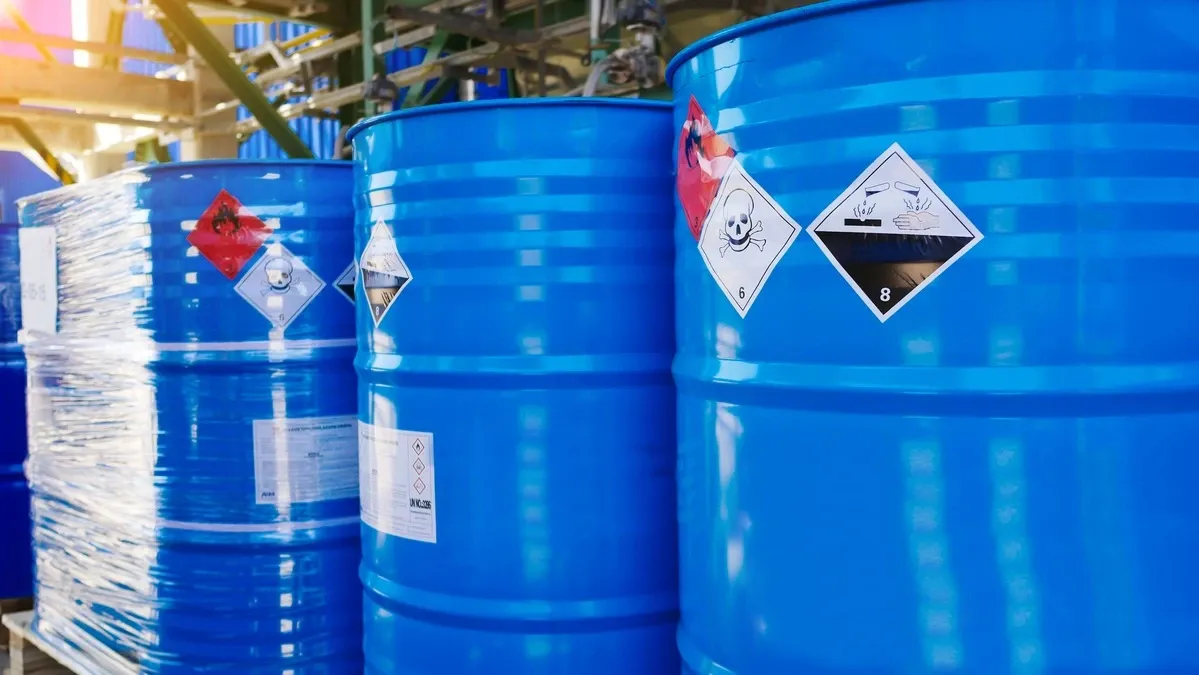Development of ship digitalization involves various stages and aspects of the full life cycle of ship products, including design, manufacturing, testing, management and maintenance, and associates with many stakeholders, such as shipyards, ship equipment manufacturers, shipowners, ship management companies, etc.
Ship rules are an important criterion for evaluating whether ship safety can meet standard in links such as ship design, manufacturing, inspection and maintenance, an important tool to ensure the safety and quality level of ships, and also an important means to build a level playing field.
Following the industry’s development, China Classification Society (CCS) has established related digitalization rules system based on years of research.
Ship digitalization rules system
At present, digitalization of the ship industry has gained a series of progress, and it is necessary to establish a set of ship digitalization rules and indicator system for evaluating the current status of digital construction of the ship industry and guiding future digital construction.
Considering the application scenarios such as inspection, testing and verification of digital technologies in ships and offshore facilities, the digitalization rules system shall at least contain the following aspects:
1. Ship equipment and system digitalization: Propose technical requirements in multiple levels such as basic universality, spatial organization, virtual-real inter-operation and system application, for the physical entity, digital system and virtual space corresponding to ship equipment and system digitalization.
2. Testing and verification: it is to establish applicable technical requirements and rules focusing on test rules, indicators and cases of digital system.
3. Safety guarantee: it is to establish specific technical requirements in various aspects such as physical safety, functional safety, data security, information security, and network security corresponding to safety guarantee during the digitalization procedure of ships and their system.

Four levels
Meanwhile, according to the framework requirement of the CCS rules system, the digitalization rules system framework should establish relevant technical requirements in four levels:
Level 1: Clearly stipulate the classification range and conditions for the digitalization of ships and offshore facilities, and specify unclassed survey and technical services.
Level 2: Clearly define the requirement for basic elements and data application capabilities of ships and offshore facilities digitalization, which is the most basic requirement of digitalization and also the technical platform on which other rules and guidelines can stand.
Level 3: Formulate technical requirement and inspection requirement for the digitalization of specific ships, offshore facilities and special technologies, put forward detailed technical requirements and indicators to specific objects of ships and offshore facilities, and use them in combination with the Level-2 basic rules.
Level 4: Formulate instructive technical methods, technical requirements and inspection requirements that are required by rules implementation and new service demands, and the categories of those requirements include guarantee requirements, standard data requirements, and data range requirements; prepare inspection guidelines on the digitalization and capability verification indicators, data application capability, and data verification for different equipment and systems.
Ship digitalization testing and verification
Effectively evaluating the ship’s digital system to ensure ship safety is an important challenge to the ship survey field, and it needs constant and in-depth research. At present, the combination of qualitative analysis and quantitative evaluation is used in the testing and verification of ship digital system.
First, it is to perform quantitative analysis on the existing digital system from dimensions such as performance, functions and safety, to obtain relatively objective evaluation; the quantitative analysis can improve the correctness and accuracy of digital system.
Then, qualitative analysis can be carried out by investigation, interview, and questionnaire survey to evaluate the ship digital system on the whole. Based on that, testing and verification of the ship digital system can be divided into the following four steps:
1. Build an evaluation indicator system. Through analysis on the business expectations and capability needs of the ship-based system, define the system input and output, determine an evaluation indicator system and establish a capability feature library of the ship-based system.
2. Generate simulation data samples. Analyze system and equipment characteristics in combination with business scenarios of the ship-based system, deduce verification elements of system design, design verification experiments, and generate experimental data samples by simulation.
3. Establish a laboratory capability model. Match the capability model used by the ship-based system with simulation data samples, establish a confidence interval of the capability models, and adopt test samples for testing and verification to meet the evaluation indicator requirements.
4. Verify full-scale ship data. Cut or copy in real time a certain quantity of verifiable data from the shipborne system, input it into the capability model established in Step 3; through comparing the model results with the evaluation indicators, determine whether the output of capability model meets the evaluation indicators.
Considering the impact of data diversity on the capability model, this step needs to comprehensively calculate the results of comparison between the capability model and evaluation indicators.
Only when the confidence degree of model conforms to a certain confidence interval, can it be judged that the capability model meets the business expectations and capability requirements.
With the close combination of digital technologies and various industries, the ship industry in the main development direction of ship digitalization will speed up the informatization process of the whole ship industry chain.
As an important basis of ship standardization, the rules and standards can not only improve the industry data standardization degree, normalize the data activity procedure, and support application and expansion of the digital system, but also lead the industry researching key technologies.
Meanwhile, the rules are also improving and developing constantly. Only by following the industry development trend, can it better promote development of the ship industry towards digitalization and enhance the industrial competitiveness.
Author: Deng Linyi, CCS Science and Innovation Center
China Classification Society's website: ccs.org.cn










Related News
Summary of key changes in CCS guidelines
Jul 05, 2024
Most important regulatory news published in the last two weeks
Jul 01, 2024
CCS publishes 2024 Rules for Materials and Welding
Jun 28, 2024